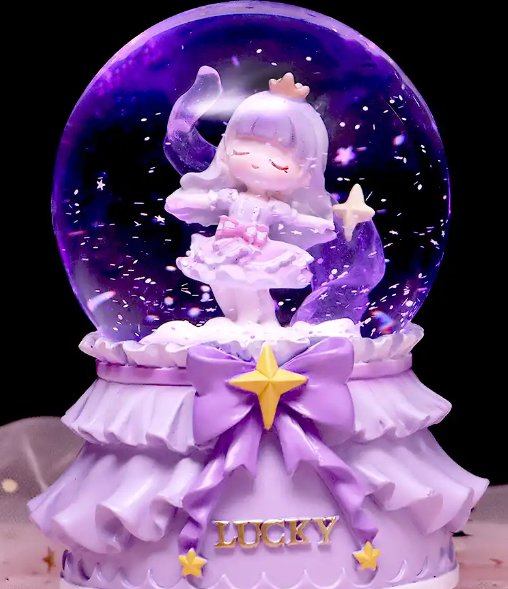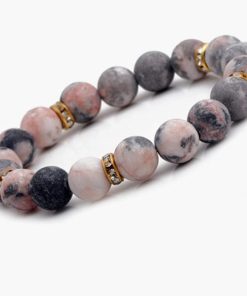The Growth Environment and Reproduction of Crystal Babies Water Beads
Children often wonder why they see more and more water beads (also known as crystal babies) growing, as if they are “giving birth” to little ones. In fact, this isn’t some magical phenomenon but rather an interesting physical occurrence! Water beads are made of acrylic resin, and during the manufacturing process, some molecules end up being uneven in size. When water beads absorb water, they expand in volume, and the smaller particles are squeezed by the larger ones around them. Combined with the influence of water, they gradually separate from the original water beads, appearing as if they have “given birth” to smaller ones.

Have you ever been curious about this phenomenon? Many children, seeing water beads growing larger and sprouting smaller particles, assume they reproduce like living beings. However, this is entirely different from biological reproduction; it’s a pure physical occurrence. Water beads have no cells and do not undergo cell division; they simply separate due to material properties and external forces, creating the illusion of “giving birth.”
It’s similar to how a large stone, when eroded by water, breaks into smaller stones. The “splitting” of water beads is also a physical change, not cellular division like in living organisms. So, the next time you see water beads “splitting,” take a closer look. You’ll discover that those “little ones” are merely small particles that have separated from the original water beads. This is truly a fascinating scientific phenomenon that enhances our understanding of material properties and physical changes!
Since water beads are so intriguing, how can we nurture them to grow healthily and “reproduce” more adorable little ones quickly? Below, I’ll share some important nurturing tips!
First is water temperature. Water beads thrive best at room temperature, around 20-25°C. Warm water accelerates their growth, causing them to expand rapidly and split into more little ones. If the water is too cold, their growth slows down or even stops.
Next is water volume. Don’t exceed the height of the water beads with water, as excessive water submerges them, preventing proper water absorption and potentially causing rot. It’s recommended to add only about half the height of the water beads in water each time you change it, allowing them to slowly absorb water and expand.
Also, consider the frequency of water changes. Change the water approximately every 2-5 days, as water beads release impurities during water absorption, making the water dirty. If left unchanged for too long, the water becomes foul-smelling, hindering their growth and even leading to death.
Of course, water beads reproduce quickly, splitting into more little ones in about 3-5 days. Once they reach a certain size, they start splitting, producing new water beads. You can observe as one water bead gradually splits into two, then four, and so on—it’s truly amazing!
However, there are some precautions to take when nurturing water beads. For instance, if water beads are deprived of water for too long, they develop cracks and eventually dry up and die. Therefore, ensure they remain moist. Additionally, water beads with surface scars won’t split. You can continue nurturing them or place them in soil in a flowerpot, as their excellent water absorption makes them suitable as a type of growing medium. Also, if water beads fall to the ground, use tissue paper to pick them up, as they are usually moist, and tissue paper is the best method for absorbing water and picking them up.
Finally, remember to wash your hands after handling water beads to avoid getting their mucilage on your skin. Also, avoid shaking or squeezing them vigorously, as this can cause them to break. And don’t let water beads dry out; keep them moist.
By following these tips, you can easily nurture healthy and beautiful water beads and enjoy the fun of nurturing them with your children! Give it a try!

 Rose Quartz Healing for Women Anxiety Crystal Bracelet
Rose Quartz Healing for Women Anxiety Crystal Bracelet
Rose Quartz Healing for Women Anxiety Crystal Bracelet
$29.00Original price was: $29.00.$23.00Current price is: $23.00.